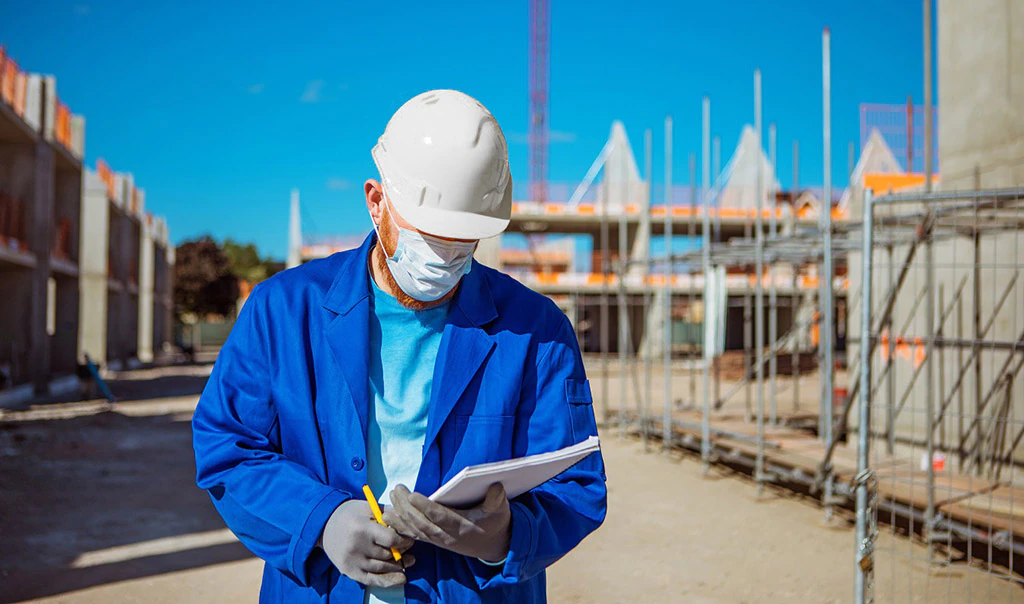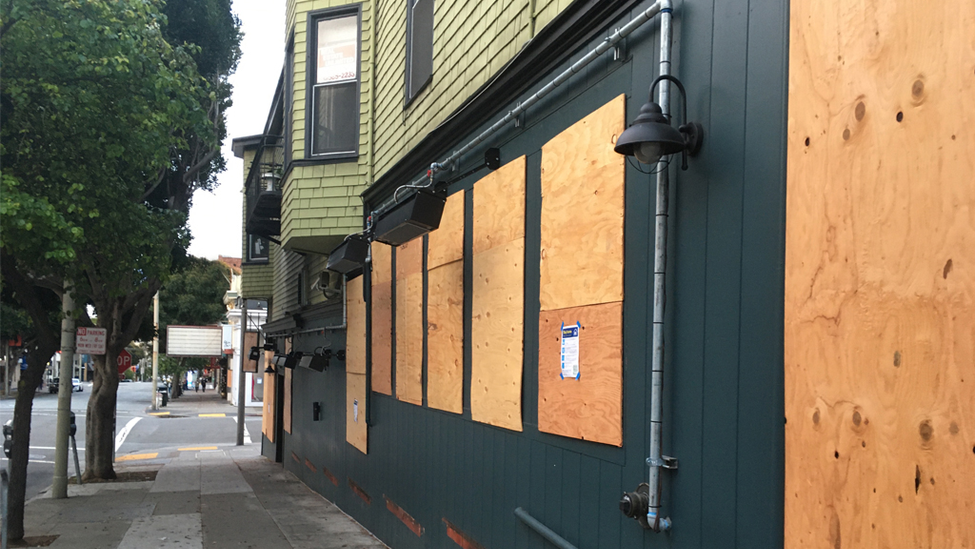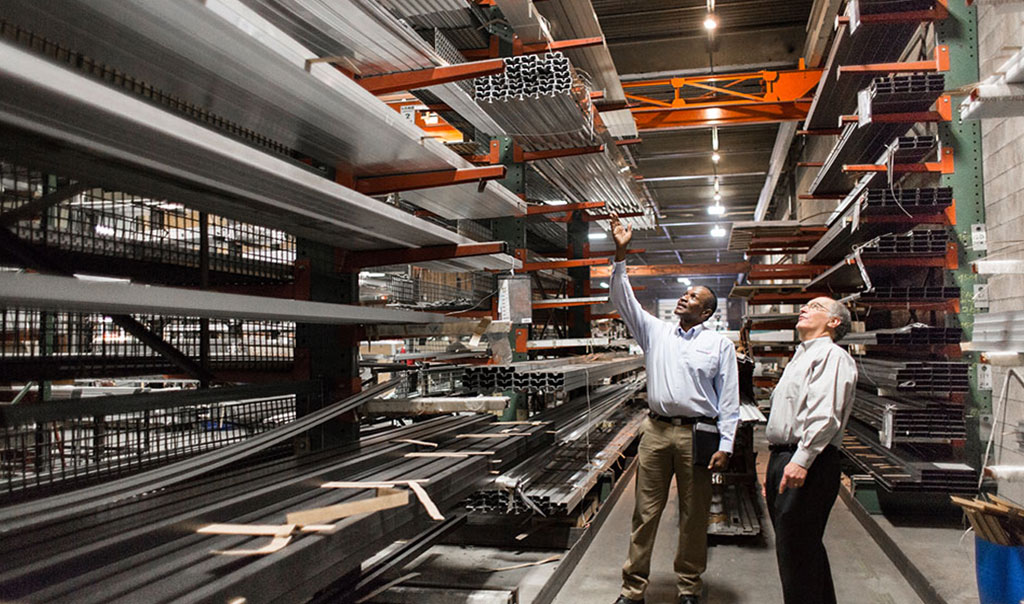Construction Risk Management During Civil Unrest


During periods of civil unrest, construction sites can be particularly vulnerable to loss. Jobsites can include many attractive targets, such as stored materials and partially-constructed projects. As a result, when the exposure to the public increases, so does the potential for property damage, theft and related incidents. Losses that occur during times of civil unrest may also be more severe, as police, fire, and emergency response may take longer than expected to respond.
Develop a Plan
Project management should take the lead in developing a site-specific action plan. The plan should include an analysis of risks and identification of appropriate controls. Project management should communicate and consult with the necessary third parties to help develop and implement the plan.
Assess Known & Anticipated Risks
The impacts of civil unrest can be difficult to predict. To identify appropriate safeguards , it is important to thoroughly assess the hazards and scenarios that may occur. Site management should identify known and anticipated risks, taking into consideration the nature and duration of the civil unrest event. More severe outcomes, like jobsite shutdowns, may require enhanced controls and protocols.
Safety Protocols
The top priority is to protect the safety of people, both on and off the jobsite. Within the plan, specify the means of ensuring safety and well-being of potentially impacted parties. The plan should identify the parties responsible for implementing controls. Examples of controls and related considerations may include:
- Establishing a communication system to notify personnel before, during and after periods of civil unrest.
- Identifying controls and response for civil unrest events that occur without notice.
- Implementing a formal evacuation plan, including identifiable muster points and primary and alternative evacuation routes.
- Using enhanced site security.
- Updating crisis management plans and personnel contact information.
- Providing specialized training.
Property Protocols
Protecting property during times of civil unrest can be challenging. One of the best ways to protect against property loss is to prevent unauthorized access to the site. It is important to ensure controls are site-specific and align with the degree and extent of known and anticipated risks. Be sure to also take into consideration unexpected risks that may impact your site.
Consider implementing site security controls:
- Develop checklists to be completed before jobsite closure, evacuation or temporary shutdown.
- Provide a gated fence around the property that could help discourage easy access to the site. Consider enhanced protections, such as using concrete Jersey barriers within the interior fence perimeter.
- Secure materials/equipment and obstruct visibility of these items with a fencing privacy screen.
- Protect building access points, gates and trailers.
- Install temporary barriers within the building as a redundant measure to discourage access to staging areas, upper floors and critical areas.
- Install temporary barriers at building access points if permanent features are not available.
- Equip the site with lighting and surveillance cameras that work well in low-light conditions.
- Provide centrally-monitored intrusion detection and leak detection systems with audible/visual alerts.
- Provide specific directives for any security personnel that are to remain onsite.
- Post signage prohibiting access.
In addition to site security, action plans should also address other potential sources of loss. Mobile equipment, building materials and site conditions can also contribute to damage and severe fire if proactive controls are not in place. To identify additional strategies, conduct an internal vulnerability assessment of the jobsite and identify appropriate safeguards.
- Remove vehicles and mobile equipment from the site. In cases where this is infeasible, remove keys, and stage and immobilize equipment in a hard-to-access area out of public view.
- Disable buck hoists and provide fencing/locks around tower crane base.
- Remove ground level access and ladders to scaffolding and elevated platforms along the building to help prevent access.
- Remove fuel tanks/containers from the site.
- Remove small objects and waste that could be used to cause damage or spread fire.
- Ensure that automatic fire detection and sprinkler systems are functional and monitored, if possible.
- Remove combustible materials. If not possible, relocate materials to sprinklered areas of the building and/or in areas less prone to fire damage. Other options include storing materials off-site or delaying material delivery.
- Remove trash chutes to limit access and potential fire spread into the building.
- If practical, shut off the domestic water supplies to the building and secure valve with a lock.
- Drain domestic water lines if freezing conditions are possible and the building is to be without heat.
Before leaving the site unattended, consider documenting and/or photographing the conditions to ensure that the controls identified in the plan are in place. If feasible and safe, site management should perform visual inspections of the site periodically through the duration of the site closure.
Communicate the Plan
Ensure all potentially impacted parties, including contractors and other third parties, understand the site-specific action plan. Maintain up-to-date personnel records and contact information to streamline communication. Engage applicable law enforcement and emergency agencies to coordinate the plan as needed. Communicate the details of the completed plan with applicable responding agencies.
Taking steps to secure your jobsite in advance can help protect it in the event of civil unrest. Learn more about temporary jobsite shutdowns and reopening jobsites after a shutdown.



